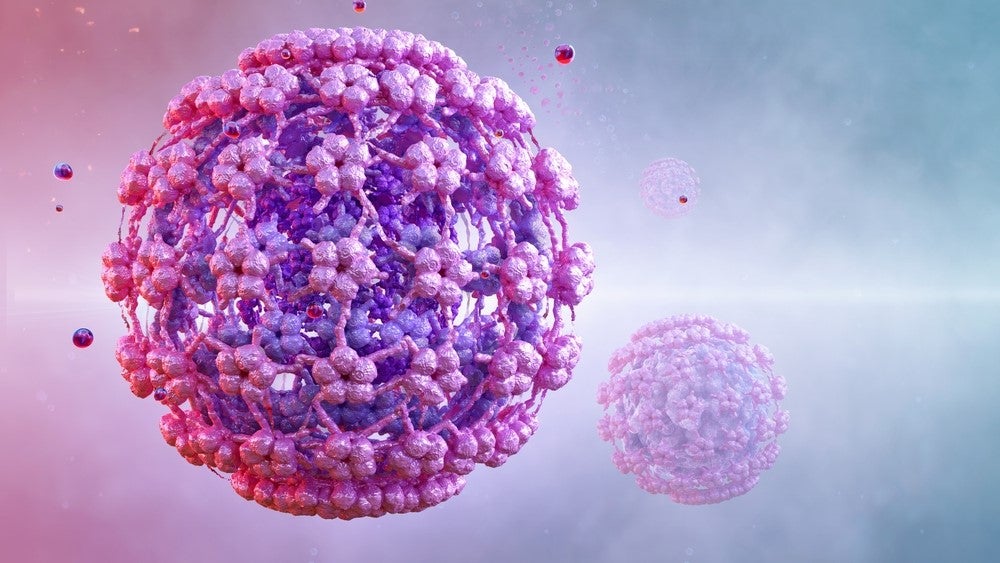
During the American Diabetes Association’s (ADA) 77th Scientific Sessions held in San Diego, California, a symposium was held to discuss updates for insulin-related therapy in diabetic patients.
Due to the progressive β-cell dysfunction that characterises type 2 diabetes (T2D), insulin replacement therapy is frequently required despite most patients being able to maintain some endogenous insulin secretion. Most patients with T2D will require insulin therapy, even as a second-line treatment, if lifestyle changes and metformin/oral drug therapies fail to reach or maintain glycated hemoglobin (A1c) of less than 7.0%.
Session presenters stated that the insulin market continues to be a therapeutic space plagued with side effects, prescription / patient errors, and high costs. There are several unmet needs, including the need for insulin analogues that better mimic the effects of pancreatic β-cells, reduce hypoglycemia, and are available at higher doses while given in lower volumes.
Ultra-rapid-acting insulins took center stage at the symposium. Faster-acting prandial insulin analogues, such as Novo Nordisk’s faster-acting insulin aspart (Fiasp), have been eagerly awaited by key opinion leaders (KOL) interviewed by GlobalData, as they offer a preferred physiological profile upon administration. Fiasp is already available in Canada and Europe, following its resubmittion to the US Food and Drug Administration (FDA) in March.
Adocia’s pipeline candidate BioChaperone Lispro was also mentioned at the symposium. It is an ultra-fast-acting version of Humalog. Prior to January 2017, Adocia was in a partnership with Eli Lilly to develop BioChaperone Lispro. However, Eli Lilly terminated this collaboration, despite positive results from clinical trials. Simultaneously, Eli Lilly has been internally developing another ultra-rapid acting candidate, LY900014.
See Also:
In attempt to address the unmet needs in the insulin space, one approach by developers is to develop ultra-rapid-acting insulin candidates that would enable T2D patients to closely match the post-meal metabolic profile observed in healthy individuals. As such, the ultra-fast acting insulin space is expected to see increased market competition in upcoming years, with an increase in new entrants.
How well do you really know your competitors?
Access the most comprehensive Company Profiles on the market, powered by GlobalData. Save hours of research. Gain competitive edge.

Thank you!
Your download email will arrive shortly
Not ready to buy yet? Download a free sample
We are confident about the unique quality of our Company Profiles. However, we want you to make the most beneficial decision for your business, so we offer a free sample that you can download by submitting the below form
By GlobalData






